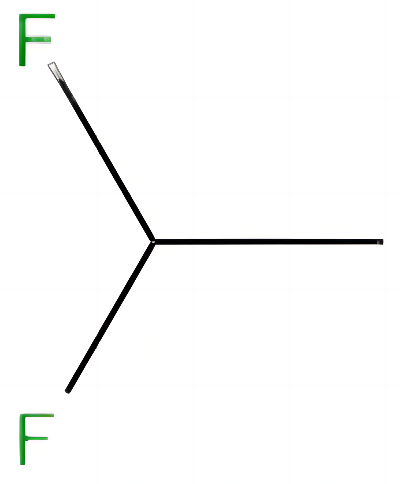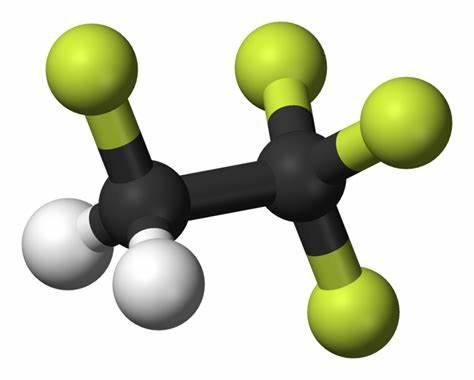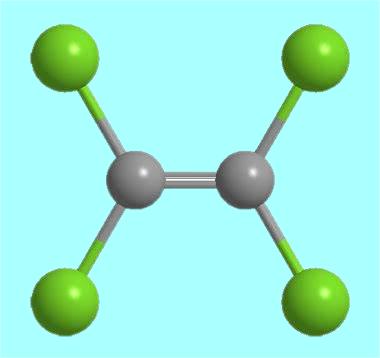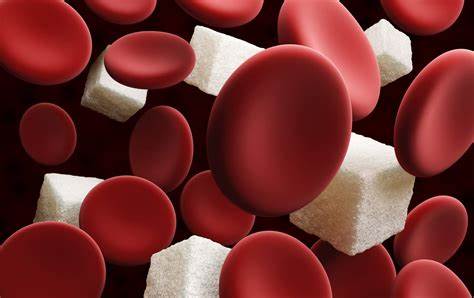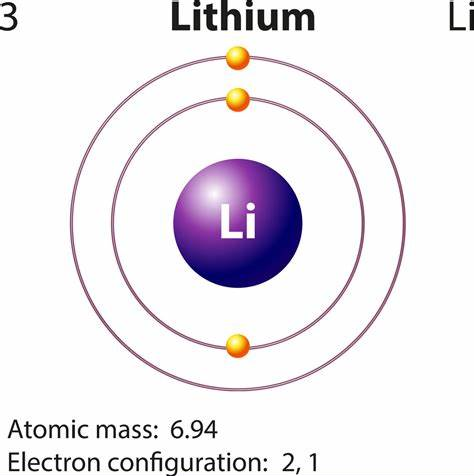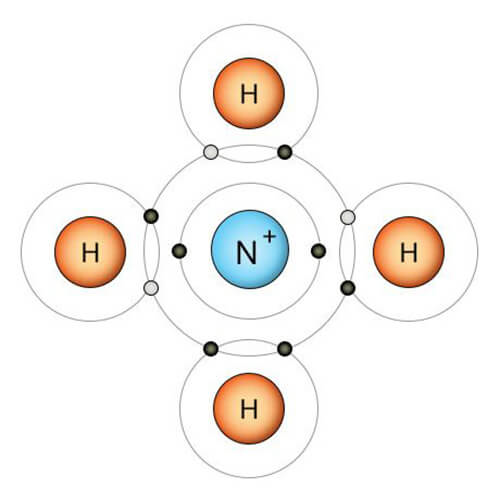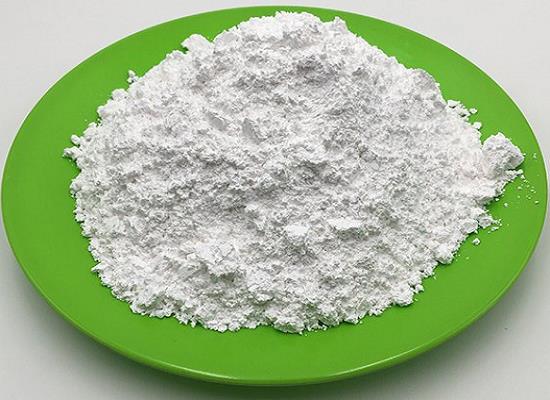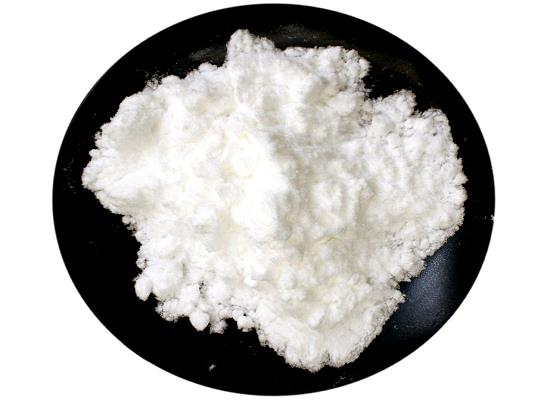Active Pharmaceutical Ingredients (API), popularly speaking, are the raw materials of medicines, only pharmaceutical raw materials are processed into pharmaceutical preparations , can they become medicines available for clinical use, so drugs we usually eat are the finished drugs through processing. Active Pharmaceutical Ingredients based on its sources can be divided into two major categories ,including chemical synthetic drugs and natural chemical drugs. Chemical synthetic drugs can be divided into organic synthetic drugs and inorganic synthetic drugs. Inorganic synthetic drugs are inorganic compounds ( very few is element), such as aluminum hydroxide, magnesium trisilicate which are used for the treatment of gastric and duodenal ulcers ; organic synthetic drugs are mainly composed of drugs made by basic organic chemical raw materials, through a series of organic chemical reactions (such as aspirin, chloramphenicol, caffeine, etc.). Natural chemical drugs ,based on its sources,can be divided into two categories including biochemical drugs and plant chemical drugs. Antibiotics are generally made by the microbial fermentation, which belongs to the biochemistry category. A variety of semi-synthetic antibiotics occurs in recent years,which are biosynthesis and chemical synthesis combining products.Among active Pharmaceutical Ingredients, the organic synthetic drugs varieties, yields and values have the largest proportion,which are the main pillars of the chemical and pharmaceutical industries. The quality of active Pharmaceutical Ingredients decides whether the formulation is good or bad , so its quality standards are very strict ,countries in the world have developed national pharmacopoeia standards and strict quality control methods for its widely used active Pharmaceutical ingredients.
1,1-Difluoroethane: Properties, Production process and Uses
According to different raw materials, the processes for manufacture of 1,1-difluoroethane include two routes: fluorination of acetylene and fluorination of vinyl chloride.
Mar 20,2024 API1,1,1,2-Tetrafluoroethane: Properties, Production process and Uses
Tetrafluoroethane (HFC-134a) is the most widely used medium- and low-temperature environmentally friendly refrigerant.
Mar 20,2024 APITetrachloroethylene: Uses and Effects on humans
Tetrachloroethylene is mainly used as a dry-cleaning agent. It is an intermediate for production of trichloroacetic acid and fluorine-containing organic compounds.
Mar 20,2024 APIIs tirzepatide available for weight loss?
Tirzepatide works for weight loss by decreasing your appetite and slowing the movement of food from the stomach into the small intestine, which may make you feel full more quickly and for a longer per
Mar 20,2024 APIWhat is the oxidation state of Li?
The oxidation state of Lithium (Li) is 0, and the oxidation state of Li+ is +1.
Mar 20,2024 APIIs NH4+ a strong acid?
NO, NH4+ (ammonium ion) is not a strong acid. NH4+ is the conjugate acid of the weak base ammonia (NH3). It is a weak acid.
Mar 20,2024 APILevonorgestrel-Ethinyl Estradiol Oral: uses and side effects
This combination hormone medication Levonorgestrel-Ethinyl Estradiol is used to prevent pregnancy.
Mar 20,2024 APIGadolinium Oxide: Optical Properties, Synthesis Routes and Toxicity
Gadolinium oxide boasts excellent optical qualities for imaging applications but poses toxicity risks, including eye irritation, harm to aquatic life, and fibrogenic effects.
Mar 20,2024 APIAltrenogest: Overview, Effects on Reproductive Performance and Environmental Photochemistry
Altrenogest is used for estrous synchronization in gilts and sows. It undergoes rapid photolysis in the environment, posing potential ecological risks.
Mar 20,2024 APICymoxanil: Overview, Therapeutic Effects and Applications in Liposome Nanocarriers
Sterosomes enhance Cymoxanil's stability and efficacy, offering innovative solutions to its degradation challenges in agricultural disease management.
Mar 20,2024 API



